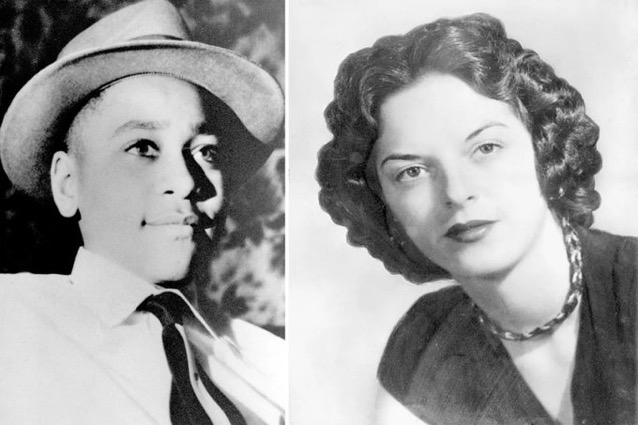The brutal lynching of Black teenager Emmett Till in 1955 shocked the world and sparked the civil rights movement. Here are five key facts to know.
Also read | Emmett Till lynching: All that happened
The recent news of the death of Carolyn Bryant Donham, the woman whose accusation led to the brutal lynching of 14-year-old Emmett Till in Mississippi in 1955, has once again brought the case into the national spotlight. Till’s death has been recognized as a turning point in the civil rights movement, with his mother’s decision to hold an open-casket funeral drawing international attention to the brutality of racism in the United States. Here are five facts to know about Emmett Till’s death:
Death is not justice.
An arrest warrant was issued for Carolyn Bryant Donham in August 1955 related to the murder of Emmett Till. But it was never served. Instead, she was able to live a full life to 88 years old.
Emmett Till only lived to 14 years old. This is not justice. pic.twitter.com/nwYAdGHqzv
— Keith Boykin (@keithboykin) April 27, 2023
1. Emmett Till was visiting family in Mississippi when he was lynched.
The Chicago native was visiting relatives in Money, Mississippi, in August 1955 when he allegedly whistled at Carolyn Bryant, a white woman working at a local store. A few days later, Till was abducted from his uncle’s house by Bryant’s husband and his half-brother, who brutally beat and murdered him before dumping his body in a nearby river.
Carolyn Bryant Donham, the woman who lied in the case that led to the lynching of Emmett Till, has finally died at the age of 88. pic.twitter.com/wfRnXm9S2p
— Pop Tingz (@ThePopTingz) April 27, 2023
2. Till’s killers were acquitted by an all-white jury.
Despite ample evidence of their guilt, including a confession by one of the killers, Roy Bryant and J.W. Milam were acquitted by an all-white jury after just an hour of deliberation. The verdict sparked outrage and helped galvanize the civil rights movement.
3. Donham’s accusation against Till was a lie.
In 2008, Donham admitted in an interview that her accusation that Till had whistled at her and made inappropriate comments was a lie. Her admission did not lead to any charges, but it did shed new light on the case and underscore the prevalence of false accusations against Black men in the Jim Crow South.
4. Till’s mother’s decision to hold an open-casket funeral was a pivotal moment in the civil rights movement.
Till’s mother, Mamie Till-Mobley, made the controversial decision to hold an open-casket funeral so that the world could see the brutality of her son’s death. The images of Till’s mutilated body, which were published in Jet magazine, helped galvanize support for the civil rights movement and inspired many activists to take action.
5. The case was reopened by the Department of Justice in 2004.
In 2004, the Department of Justice reopened the case to investigate the possibility of bringing new charges against Till’s killers. While the investigation did not result in any new charges, it did bring renewed attention to the case and helped to ensure that Till’s legacy would not be forgotten.
Also read | Emmett Till Antilynching Act: Biden signs bill to make lynching a federal crime
Emmett Till’s death remains a tragic reminder of the deep-seated racism that has plagued the United States for centuries, and of the bravery and resilience of those who have fought to overcome it.







